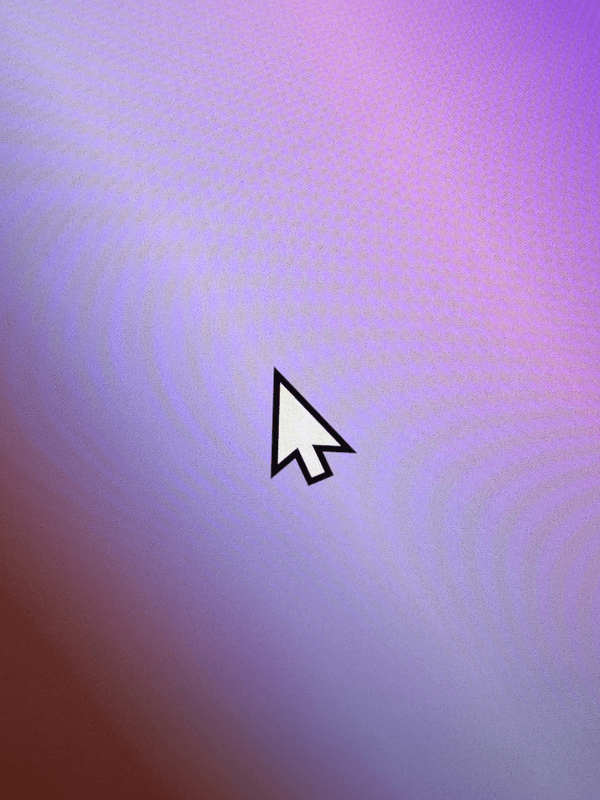The following use case is based on Qt application which manages digital signage displays. The QML Timer component controls the cursor activation based on user activity. This component allows developers to schedule actions after time delay or at regular intervals.
In this blog post, we will show how to use the Timer component to automatically hide the cursor in a digital signage application we developed at Begx2 GmbH. The goal is to hide the cursor after 15 seconds of inactivity, keeping the screen clean and free from distractions.
Understanding the QML Timer
The Timer element in QML provides a straightforward way to handle timed events. It can be configured to trigger once after a delay or repeatedly at specified intervals. Here’s a quick look at its key properties:
- Interval: Specifies the duration in milliseconds before the timer triggers.
- Running: A boolean that determines whether the timer is active.
- Repeat: If true, the timer runs continuously at the specified interval.
- OnTriggered: The event handler that executes when the timer fires.
Implementing cursor deactivation on inactivity
For our digital signage use case, we need a timer that resets every time the user interacts with the system. If no activity is detected for 15 seconds, the cursor disappears. Below is an implementation using QML and Qt’s MouseArea component:
import QtQuick 2.15
import QtQuick.Controls 2.15
ApplicationWindow {
visible: true
width: 1280
height: 720
property point lastMousePosition: Qt.point(0, 0)
property real movementThreshold: 5 // Minimal movement to register activity
MouseArea {
anchors.fill: parent
hoverEnabled: true
onPressed: resetTimer()
onClicked: resetTimer()
onReleased: resetTimer()
onPositionChanged: checkMovement(mouse.x, mouse.y)
Timer {
id: inactivityTimer
interval: 15000 // 15 seconds
running: true
repeat: false
onTriggered: hideCursor()
}
}
function checkMovement(x, y) {
var dx = Math.abs(x - lastMousePosition.x);
var dy = Math.abs(y - lastMousePosition.y);
if (dx > movementThreshold || dy > movementThreshold) {
resetTimer();
lastMousePosition = Qt.point(x, y);
}
}
function resetTimer() {
inactivityTimer.restart();
showCursor();
}
function hideCursor() {
Qt.inputMethod.hide(); // Hides the cursor
}
function showCursor() {
Qt.inputMethod.show(); // Shows the cursor
}
}
How It Works

- A MouseArea component detects user interactions such as clicks and presses.
- Each interaction resets the timer using the resetTimer() function.
- If no interaction occurs for 15 seconds, the onTriggered handler calls hideCursor(), making the cursor invisible.
- Any subsequent interaction restarts the timer and reactivates the cursor.
- Minor movements (due to environmental factors) are ignored using the checkMovement() function, which ensures only significant movements reset the timer.
Enhancements and Considerations
- Keyboard activity: To further refine this feature, consider adding key event listeners to reset the timer on keyboard input.
- Visual indicator: If needed, a subtle fade-out effect can be added before hiding the cursor.
- User configuration: Allow users to configure the timeout duration in the application settings.
Conclusion
Using the Timer component in QML, we have successfully implemented an automatic cursor deactivation mechanism that improves the usability of a digital signage application. This approach can be extended to various other use cases requiring automated inactivity detection.
By leveraging Qt robust QML framework, you can efficiently handle timed events and enhance user interactions within your applications. The Qt team at helloQt will be happy to help you with the implementation of your Qt project.